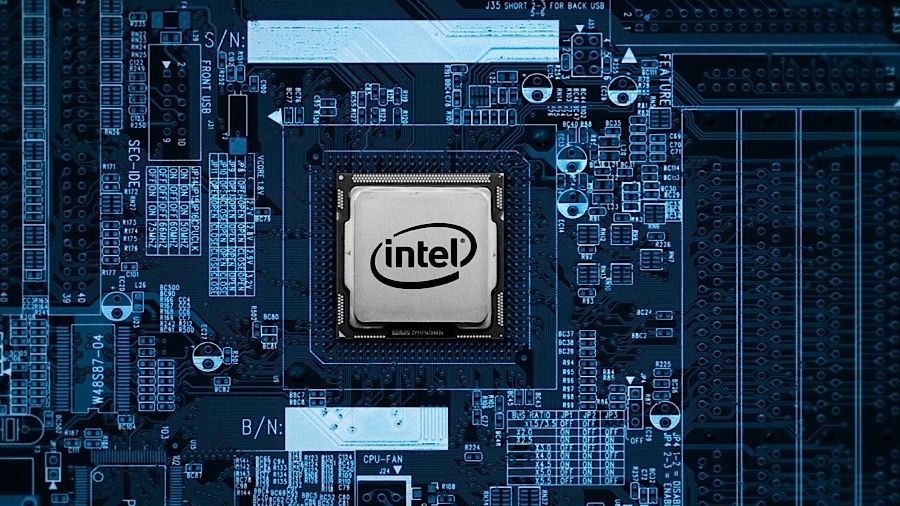Intel targets 5G base stations with new Atom chip
Intel wants to extend silicon influence on 5G

Intel has strengthened its bid to be a dominant player in the 5G infrastructure market with the launch of its first base station chip alongside a number of other products that aim to extend its reach from core to edge.
Although Intel abandoned its bid to design 5G modems for smartphones last year, the company wants to cement itself as the leader in network silicon as operators overhaul their infrastructure to support next-generation services.
The company says it is well-placed to take advantage of what could be a billion-dollar market opportunity within the next few years.
- Huawei reveals 5G modem and base station chips
- What is 5G? Everything you need to know
- Intel abandons plans for 5G smartphone modems
Intel 5G chips
“As the industry makes the transition to 5G, we continue to see network infrastructure as the most significant opportunity representing a $25 billion silicon opportunity by 2023,” said Navin Shenoy, general manager, Data Platforms Group at Intel.
“By offering customers the fastest and most effective path to design, deliver and deploy 5G solutions, across core, edge and access, we are poised to expand our leading silicon position in this growing market.”
There are high hopes for the Intel Atom P5900 platform, which is the company’s first architecture-based 10nm base station chip. It promises to support operators meet critical 5G network needs such as high capacity and ultra-low latency. Intel expects to be the leading silicon provider in base stations by 2021 – a year earlier than it first predicted – and expects to power six million base stations by 2024.
Ericsson, Nokia and ZTE will use the chip in their base stations although Huawei will continue to use its own technology in its networking equipment. Last year it detailed a new core chip for its 5G base stations, the Huawei Tiangang.
Are you a pro? Subscribe to our newsletter
Sign up to the TechRadar Pro newsletter to get all the top news, opinion, features and guidance your business needs to succeed!
Away from the edge of the network, Intel has also detailed a second generation Intel Xeon scalable processor to support the virtualisation of core networks. The chip offers an average 36 per cent boost in performance, hardware-enhanced security, and built-in encryption accelerators.
Finally Intel has also detailed two technologies that will help operators lower latency on their 5G networks. Ultra-low latency will be essential to delivering many of the truly revolutionary 5G applications, such as Industrial Internet of things (IIoT), powered by high frequency spectrum.
The ‘Diamond Mesa’ is an application-specific integrated circuit (ASIC) technology that complements Intel’s existing portfolio of field programmable gate arrays (FPGAs) and the Ethernet 700 series Network Adapter provides a more cost-effective solution to the challenges of Ethernet latency.
- Here are the best mobile phone deals for February 2020
Steve McCaskill is TechRadar Pro's resident mobile industry expert, covering all aspects of the UK and global news, from operators to service providers and everything in between. He is a former editor of Silicon UK and journalist with over a decade's experience in the technology industry, writing about technology, in particular, telecoms, mobile and sports tech, sports, video games and media.